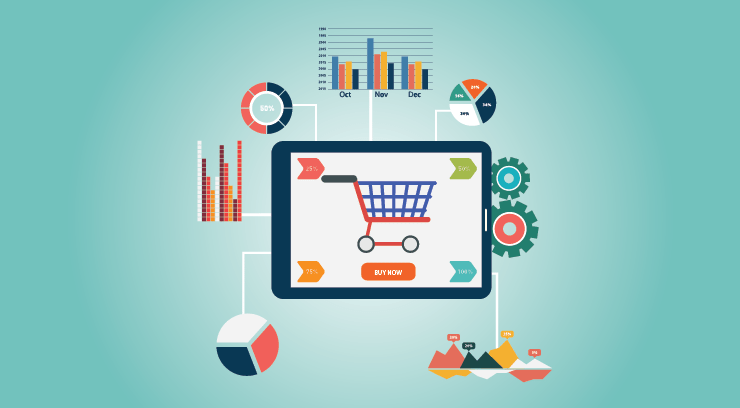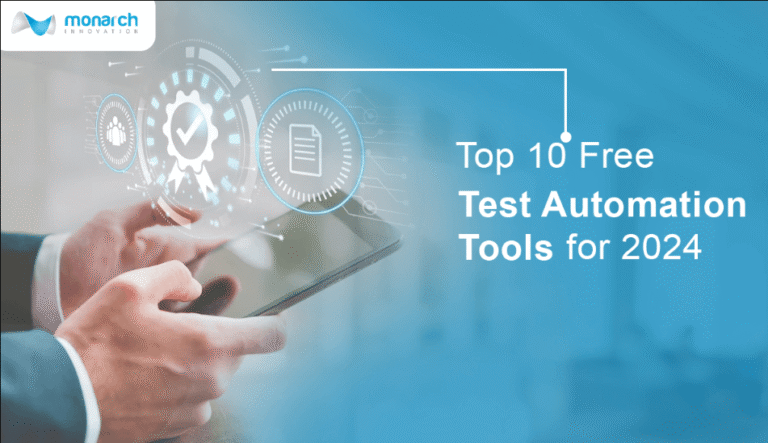How the Best Retail Analytics Software Helps Uncover Missed Sales Opportunities
In the evolving world of retail operations management, competition is fierce and margins are tight. Retailers are constantly searching for new ways to identify growth opportunities and minimize inefficiencies. This is where the best retail analytics software becomes an indispensable tool. It not only offers insights into customer behavior but also helps pinpoint areas where sales opportunities are often overlooked.
In this blog, we’ll explore how retail analytics software empowers retailers to identify missed sales opportunities, optimize operations, and drive profitability.
Understanding Missed Sales Opportunities in Retail
Missed sales opportunities are potential transactions that fail to convert into actual sales. These can stem from various reasons:
- Understaffed peak hours
- Poor employee performance
- Stockouts
- Ineffective promotions
- Lack of customer engagement
Without accurate data, identifying these issues can be challenging. Many retailers rely on assumptions or fragmented reports, which often fail to present the complete picture. This is where retail operations management powered by the best retail analytics software transforms guesswork into actionable insights.
How the Best Retail Analytics Software Identifies Missed Opportunities
1. Customer-Only Traffic Counts
Traditional foot traffic data includes everyone entering the store, from casual browsers to employees. The best retail analytics software distinguishes between customers and non-customers, providing customer-only traffic counts.
This precise data allows retailers to calculate accurate conversion rates by comparing actual customers against completed transactions. When conversion rates are lower than expected despite steady traffic, it highlights areas where sales reps may need additional training or support.
2. Rep-Level Sales Conversion Reporting
Employee performance is a major contributor to missed sales. With rep-level conversion data, management can assess each salesperson’s effectiveness.
For example, if two sales reps handle similar customer volumes but deliver vastly different results, managers can investigate potential issues such as:
- Inadequate product knowledge
- Poor customer engagement
- Missed upselling opportunities
By identifying underperformers early, retail operations management teams can provide targeted coaching to maximize conversions.
3. Customer Interaction Times
Short or rushed customer interactions often lead to lost sales. The best retail analytics software tracks average interaction times, revealing whether employees are spending enough time understanding customer needs and offering suitable solutions.
Balanced interaction times generally correlate with better customer experiences and higher sales conversion rates. If interaction times are too short or excessively long, it signals opportunities for process improvement or training.
4. Unattended Customer Reporting
In busy stores, unattended customers directly translate into missed opportunities. When customers walk out without being assisted, revenue walks out with them.
Advanced analytics platforms capture instances where customers enter, browse, and exit without any employee engagement. This data allows retail operations management to optimize staffing levels, particularly during peak traffic periods, ensuring every customer receives timely assistance.
5. Inventory Insights
Stock availability plays a critical role in sales conversion. The best retail analytics software integrates with inventory systems to highlight:
- Frequently out-of-stock items
- Overstocked products tying up capital
- Demand trends by time and location
Accurate inventory insights ensure that popular products are always available, reducing the chance of losing sales due to stockouts.
The Role of Retail Operations Management in Capturing Lost Sales
Retail operations management bridges the gap between data insights and execution. Even the most advanced retail analytics software is only valuable if its insights lead to action.
By leveraging analytics data, operations teams can:
- Adjust staff schedules based on traffic patterns
- Implement focused sales training programs
- Fine-tune promotional strategies
- Optimize inventory management
- Improve customer engagement protocols
With continuous monitoring and adjustments, retailers can convert missed opportunities into actual revenue gains.
Read Also: Exploring Edge TV: The Future of Entertainment and Streaming Technology
Benefits of Using the Best Retail Analytics Software
Enhanced Decision-Making
Clean, verified data allows managers to make decisions based on facts rather than assumptions.
Improved Employee Performance
Rep-level insights help managers deliver targeted coaching, boosting team effectiveness.
Optimized Staffing
By aligning staff schedules with actual customer traffic patterns, retailers ensure better coverage during peak periods.
Increased Customer Satisfaction
Customers who receive timely assistance are more likely to make purchases and return for future shopping.
Higher Profit Margins
Identifying and correcting inefficiencies directly improves sales performance and profitability.
Conclusion
Missed sales opportunities are silent revenue killers in retail. Without accurate data, many of these opportunities remain invisible. By implementing the best retail analytics software combined with proactive retail operations management, retailers can uncover these blind spots, make informed decisions, and drive consistent sales growth.
In today’s data-rich environment, relying on assumptions is no longer an option. Retailers who embrace analytics not only stay competitive but also create a better experience for their customers and employees alike.
FAQs
Q1: What makes the best retail analytics software different from basic POS reports?
The best retail analytics software goes beyond transactional data. It provides deep insights into customer traffic, employee performance, and in-store behavior — factors that POS reports alone cannot capture.
Q2: Can small retailers benefit from retail analytics software?
Absolutely. Even small retailers can see significant benefits by identifying staffing gaps, improving employee training, and optimizing inventory through analytics.
Q3: How quickly can results be seen after implementing analytics software?
Many retailers report improvements within the first 90 days, especially when the insights are acted upon promptly by the retail operations management team.
Q4: Is retail analytics software expensive to implement?
Costs vary, but many providers offer scalable solutions that can be tailored to the retailer’s size and needs, offering excellent ROI.
Q5: How does retail analytics software integrate with existing systems?
Most modern retail analytics software platforms integrate easily with POS systems, traffic counters, surveillance cameras, and inventory management systems.






